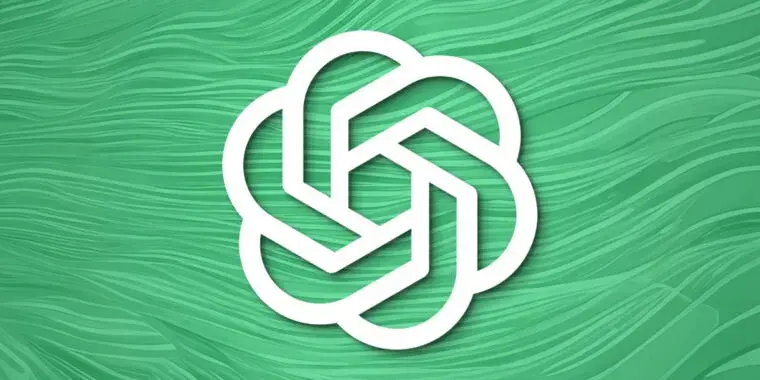Apparently, stealing other people’s work to create product for money is now “fair use” as according to OpenAI because they are “innovating” (stealing). Yeah. Move fast and break things, huh?
“Because copyright today covers virtually every sort of human expression—including blogposts, photographs, forum posts, scraps of software code, and government documents—it would be impossible to train today’s leading AI models without using copyrighted materials,” wrote OpenAI in the House of Lords submission.
OpenAI claimed that the authors in that lawsuit “misconceive[d] the scope of copyright, failing to take into account the limitations and exceptions (including fair use) that properly leave room for innovations like the large language models now at the forefront of artificial intelligence.”



And that’s the reason why LLM generated content isn’t considered creative.
I do believe that the person using the device has a right to copyright the unique method they used to generate the content, but the content itself isn’t anything worth protecting.
You say that yet I initially responded to someone who was comparing an LLM to what a comedian does.
There is no unique method because there’s hardly anything unique you can do. Two people using Stable Diffusion to produce an image are putting in the same amount of work. One might put more time into crafting the right prompt but that’s not work you’re doing.
If 90% of the work is handled by the model, and you just layer on whatever extra thing you wanted, that doesn’t mean you created the thing. That also implies you have much control over the output. You’re effectively negotiating with this machine to produce what you want.
Wouldn’t that lead to the same argument as originally brought against photography, though?
A photographer is effectively negotiating with the sun, the sky and everything else to hopefully get the result they are looking for on their device.
One difference is that the photographer has to go the places they’re taking pictures of.
Another is that photography isn’t comparable to paintings and it never has been. I’m willing to bet photography and paintings have never coexisted in a contest. Except, when people say their generative art is comparable to what artists have been producing by hand, they are admitting that generative art has more in common with photography than it does with hand-crafted art but they want the prestige and recognition those artists get for their work.
deleted by creator
Thats not work to you? My company pays me to spend time to do the right thing, even though most of the work does the computer.
I see where you are going at, but your argument also invalidates other forms of human interaction and creating.
In my country copyright can only be granted if a certain amount of (human) work went into something. Any work.
The difficult part is finding out whats enough and what kind of work qualify to lead to some kind of protection, even if partial.
The difficult part was not to create something, but to prove someone did or didnt put enough work into it.
I think we can hold generated or assisted goods to the same standard.
Putting a simple prompt together should probably not be granted protection as no significant work went into it. But refining it, editing the result… maybe thats enough, thats really up to the society to decide.
At the same time we have to balance the power of machines against human work, so the human work doesnt get totally invalidated, but rather shifted and treated as sub-type.
Machines already replaced alot of work, also creative ones. Book-printing, forging, producing food… the scary part about generative AI is mainly the speed of them spreading.
So as a data analyst a lot of my work is done through a computer but I can apply my same skills if someone hands me a piece of paper with data printed on it and told me to come up with solutions to the problems with it. I don’t need the computer to do what I need to do, it makes it easier to manipulate data but the degree of problem solving required needs to be done by a human and that’s why it’s my job. If a machine could do it, then they would be doing it but they aren’t because contrary to what people believe about data analysis, you have to be somewhat creative to do it well.
Crafting a prompt is an exercise in trial and error. It’s work but it’s not skilled work. It doesn’t take talent or practice to do. Despite the prompt, you are still at the mercy of the machine.
Even by the case you’ve presented, I have to ask, at what point of a human editing the output of a generative model constitutes it being your own work and not the machine’s? How much do you have to change? Can you give me a %?
Machines were intended to automate the tedious tasks that we all have to suffer to free up our brains for more engaging things which might include creative pursuits. Automation exists to make your life easier, not to rob you of life’s pursuits or your livelihood. It never should’ve been used to produce creative work and I find the attempts to equate this abomination’s outputs to what artists have been doing for years, utterly deplorable.